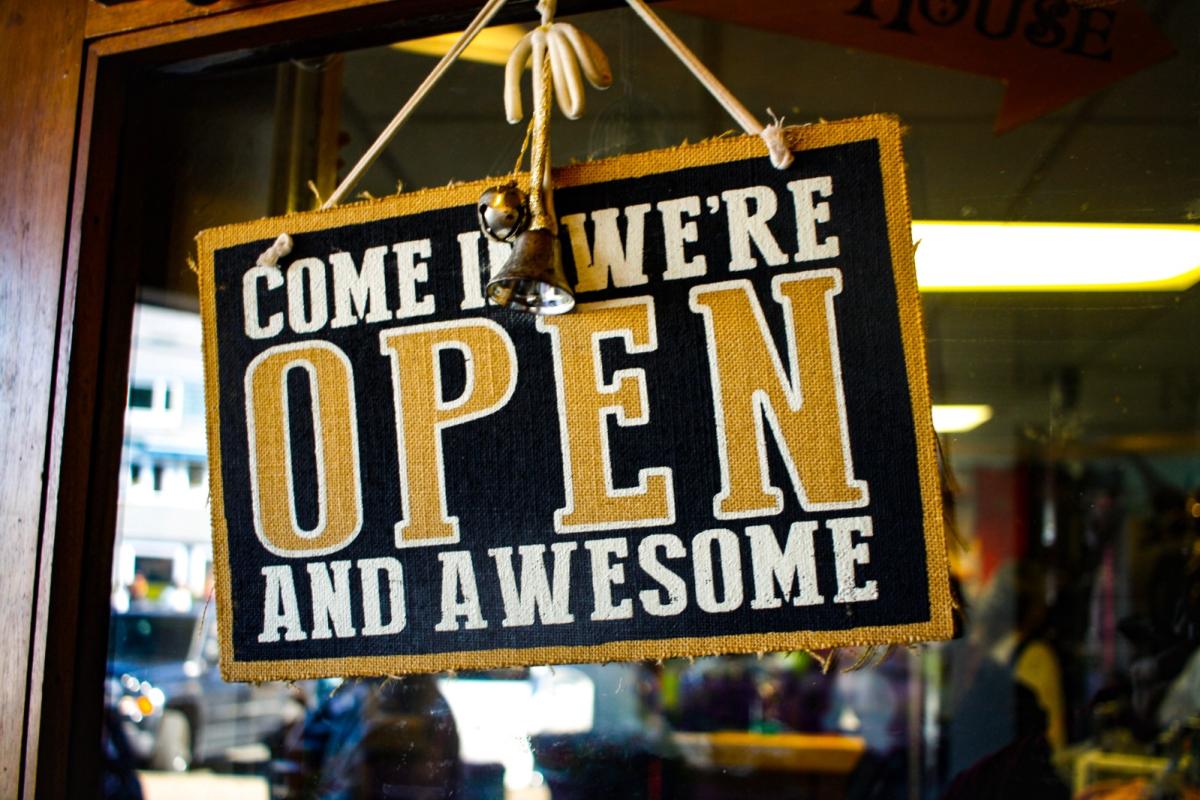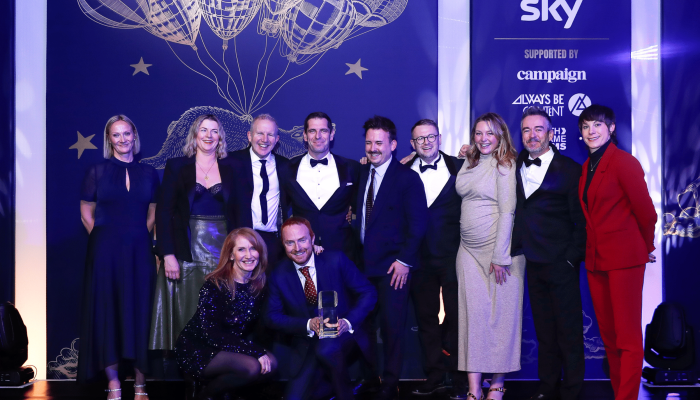PubMatic's Chief Revenue Officer EMEA, Emma Newman, looks at what a market reset means for brands, agencies and publishers and offers four tips to maximise engagement in the coming months
As we have navigated our way through lockdown, many of us wondered what the ‘new normal’ will look like. Questions such as ‘how can I effectively work from home and maintain my children’s’ education’ and ‘will my local shops survive’ have been top of mind with varying opinions emerging from ‘life will never be the same’ to ‘everything will return to the old normal eventually’. The process of change - acceleration, forced experimentation, and market reset - that we’re seeing is well-documented and there are many learnings from previous market developments that we can apply in the coming months.
Where are we now?
The Covid-19 pandemic triggered an acceleration of many trends, such as rapid developments in e-commerce. Within weeks the acceleration phase was over, and we entered the forced experimentation phase. Nearly all aspects of day-to-day life have been disrupted to a point where we have had to find solutions to enable ourselves to work from home indefinitely, host events, and maintain our businesses.
Today, we have entered the market reset phase - a change in habits - in tandem with continued forced experimentation (such as returning to the office on a rota basis, and exploring new avenues in which to purchase goods) where we will see whether these new ways of living and working will stick.
What does a market reset look like for brands, agencies, and publishers?
The enormity of the impact Covid-19 has had on consumer life has led many brands to evaluate the very reason for being – brand purpose. Over the last couple of years many brands have already shifted focus towards increasing their corporate sustainability/responsibility and we’re starting to see a second shift towards more compassionate messaging too. From a marketing perspective, this creates additional workflows from updating creative assets to redefining campaign measurement.
Brands working with media agencies need to provide a clear brief of any changes in brand purpose and why it matters. Agencies need to translate this into a media strategy and measurement proposal. Both sides need to be 100% on the same page otherwise the campaign will miss the mark.
Covid-19 has impacted brands in different ways, but there are overall trends that are emerging.
Online only brands are facing more competition from businesses that were predominantly offline shifting to online, as well as increased online-only competition as copycat companies spring up wanting a slice of the rising ecommerce industry. It is paramount that brands that sell online factor in the cost of returns when calculating return on investment (ROI). With the responsibility for covering the cost of transportation of unwanted goods it is important to understand the ratio of returns for each channel and optimise budget in order to minimise the total number of returns and preserve ROI.
Many offline brands are closing stores and redeploying the cost of maintaining those stores into online marketing efforts in order to preserve (and potentially grow) sales and revenue. Brands in this situation need to be mindful to ensure that this activity is measured against new customer acquisition figures to mimic the increased footfall that a store front brings.
What does this mean for advertising?
Changes in habits and preferences mean finding alternative ways to engage consumers while maintaining yield and revenue. The Covid-19 pandemic has had a ‘medium pace change’ on online advertising - the majority of change here is still being driven by the demise of the cookie. Where we have seen a ‘fast pace change’ is in the rise in mobile ad spend, increased keyword blocking, and increased levels of contextual targeting as target audience demographics shift.
Brands that traditionally made most of their sales in-store, e.g. automotive, or brands that were on the leisure activity end of the retail sector, e.g. High Street book shops, have undergone the biggest changes. These brands had to pivot very quickly to create new, engaging online experiences across advertising and on-site user experiences.
Some have done this well, some have struggled and seen initial sales but then many returns when the product failed to meet the needs of the buyer (like the car that I bought online!).
We’ve also seen brands such as John Lewis make fundamental changes to their messaging around brand purpose in order to meet the tone of the nation. Other brands, such as Persil, Sainsbury’s, and Tesco have changed their core marketing messaging to great effect too. To accommodate these changes publishers need to create flexible solutions that can be deployed quickly in line with shorter planning and buying cycles.
Furthermore, brands and publishers need to work together especially when it comes to using new metrics to measure campaign success when objectives have changed. Lockdowns and social distancing have resulted in consumers spending more time at home, and predictably, watching more TV content, and exploring new TV content options. There is a widespread trend of cord cutting and an emerging preference for free-to-view, ad-funded services. As a result, we’re seeing budgets shift from linear TV to connected TV (CTV), and new targeting capabilities emerging that enable advertisers to experiment and find a strategy that delivers return on investment (ROI).
How to remain relevant
In uncertain times, it can be difficult for publishers and brands to hit the right mark with audiences as consumer opinions, emotions, and preferences vary on almost a daily basis, and are nigh on impossible to predict. For media buyers and sellers such significant, swift changes can make the difference between gaining and losing customers and audiences and thus threaten yield and revenue. In order to mitigate against the risk of declining relevance during times of change publishers and brands should ensure they have a solid understanding of how every campaign performs - its strengths and weaknesses to better understand ongoing threats and opportunities.
From a media perspective, there needs to be a continuous data-driven feedback loop that includes all partners in the supply chain. Insights need to be derived almost in real time in order to understand how audiences’ behaviours, opinions, and actions are shifting and why. Direct consumer relationships are the best way to ensure you have your finger on the pulse. Both publishers and brands should not be afraid to ask their customers how they feel about changes but, as ever, this needs to be done in a considerate way that clearly articulates to the consumer the benefit of their participation. As the old adage goes, fortune favours the brave. With that in mind, here are four things that brands can do in the following months in order to maximise consumer engagement.
- Regularly evaluate consumer opinion and adjust messaging and creative accordingly to ensure that advertising is sensitive and relevant to your target audiences’ thoughts and feelings
- Go the extra mile with customer service and utilise your online presence as your first (and sometimes only) point of contact – this is incredibly important for brands selling returnable goods
- Think about your wider brand purpose over the long term and bring that into your creative/messaging and act upon it in a demonstrable way
- Incorporate the voice of your customer in your advertising – this is a brilliant option to show the human side of your brand in a highly relatable way
This article came from issue 9 of Marketing Society publication Empower. Read the archive here.



